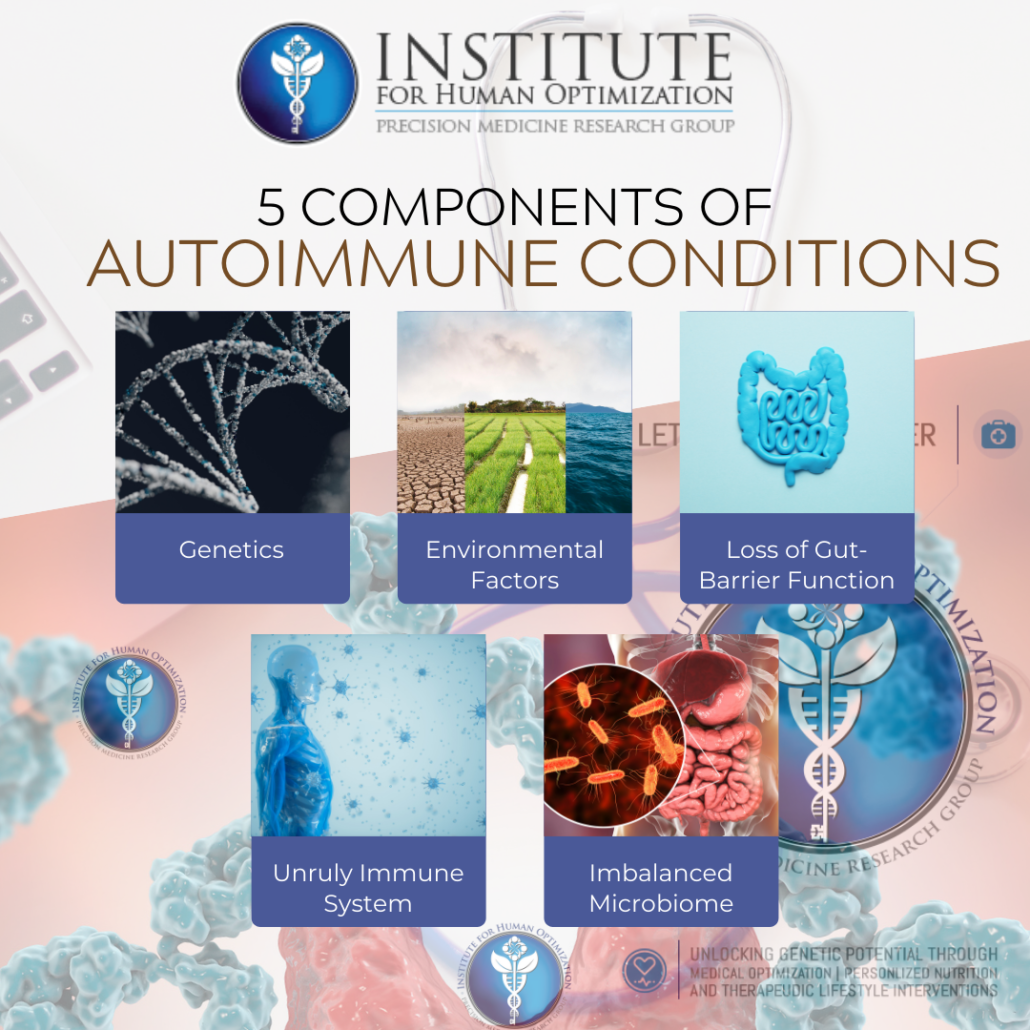If you have ever been on a call with Dr. Bajnath, you may hear what sounds like a treadmill in the background. “Sitting is the new smoking” is phrase Dr. Bajnath tells all his patients when they ask him about the treadmill. In fact, the average American spends 6-7 hours a day sitting. We all know that aerobic exercise can be beneficial for the heart muscles and overall health. But what about muscle strength? Recent research has found that muscle strength may be just as important for longevity as aerobic exercise, and is often overlooked. In this week’s blog, we’ll be discussing the importance of muscle strength for longevity and why it has become increasingly important with our sedentary lifestyles. We’ll also look at some strategies for incorporating more muscle-strengthening activities into your daily routine. So, if you’re looking to live a longer, healthier life, don’t forget about strength training!
WHAT IS STRENGTH TRAINING?
Strength training, also known as resistance training, is any exercise that uses your own body weight or external weights like dumbbells to increase muscle strength and endurance. Strength training can be done in a variety of ways including lifting weights, using machines, and doing bodyweight exercises like push-ups or squats. Research shows that the average 30 year old starts to lose muscle mass at a rate of 1-2% per year, so incorporating strength training into your routine can help slow down this process.
BENEFITS OF STRENGTH TRAINING
Strength training is an important component in maintaining health as we age. It can help:
• Reduce body fat and improve body composition
• Improve cardiovascular health and lower risk of stroke and heart disease
• Strengthen bones, joints and connective tissues
• Increase muscle strength, flexibility, power and endurance
• Improve balance and coordination
• Boost energy levels and reduce fatigue
• Help manage stress, depression and anxiety
STRENGTH TRAINING & LONGEVITY
In Longevity Medicine, we are constantly looking for ways to optimize healthspan and extend life expectancy. Research has shown that strength training can be beneficial for longevity, as it helps to slow down the process of age-related muscle loss, reduce body fat, increase bone strength and improve overall health. Additionally, reports have suggested that intense exercise and strength training may lead to a longer lifespan due to the anti-inflammatory and antioxidant benefits of exercise.
The British Journal of Sports Medicine in a meta-analysis of 28 studies concluded that there is a correlation between muscle strength and longevity. The study found that increased muscle strength was associated with a 22% decrease in mortality risk, while aerobic activity was associated with an 11% reduction in mortality risk. Research shows that having strong muscles significantly decreases the risk of premature death from any cause. Building muscle strength through resistance training helps you not only to age more gracefully, but also to combat chronic illnesses like diabetes and heart disease. Strength training does not need to be intimidating or overly time consuming. You can use your own body weight for resistance, or you can use hand weights and resistance bands. Even a few minutes of strength training a day can make a difference in your health outcomes.
Creating an exercise program that combines both aerobic exercise and strength training is the key to enjoying the benefits of both types of physical activity. The American Heart Association recommends at least 30 minutes of moderate-intensity aerobic exercise at least five days a week, plus two or more days of strength training.
HOW TO GET STARTED WITH STRENGTH TRAINING
If you are new to strength training, it can seem overwhelming at first. Here are some simple tips to help get you started:
-Start slow and focus on proper form
-Find a program that works for you
-Begin with bodyweight exercises and work your way up
-Incorporate different types of strength training (free weights, weight machines, resistance bands, etc.)
-Listen to your body – rest when needed and choose lighter weights if necessary
STRENGTH EXERCISES TO INCORPORATE FOR LONGEVITY
SQUATS
As we age, our ability to effectively move decreases. Squats help to improve our mobility and reduce the risk of falls. Regular squats can also strengthen your lower body, specifically your glutes and legs. This comes in handy especially when we age as this helps preserve our ability to pick things up from the floor and use the restroom without assistance.
PUSHUPS
We all know that pushups are great for building upper body strength. But pushups can help you live longer too, as they are good for your heart health and reduce the risk of injury due to falls. Pushups also engage core muscles which helps in maintaining balance and coordination.
BENT-OVER ROWS
Rows target multiple major muscle groups, including the back muscles, shoulders, and arms. Strengthening these areas provides improved posture and balance, which can reduce the risk of falls. The bent-over row is particularly great for improving stability, posture, and flexibility.
PLANKS
Planks are an efficient exercise that works multiple muscle groups at the same time. Planks help to build core strength, which is essential for a healthy back and improved balance. They also improve posture, which helps decrease the risk of injury due to falls.
BRIDGES
Bridges target your glutes and hamstrings and help with lower back pain. This exercise supports the spine, strengthens the abdomen, and increases range of motion in the hips. Bridges also help to reduce inflammation in the joints, which can help keep them healthy as we age.
The evidence is clear: strength training is key for living a longer, healthier life. Incorporating a variety of exercises into your routine will help you build muscle strength and improve balance, posture, flexibility, and circulation. Start today and reap the benefits for years to come!


